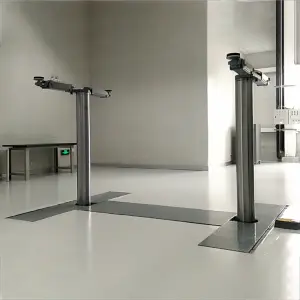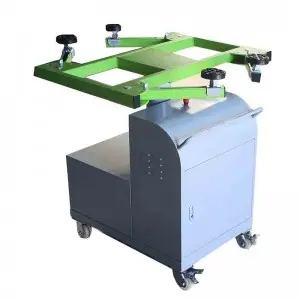****

Exploring the Diverse Applications and Fundamental Properties of Cylinders in Mathematics, Engineering, and Everyday Life
Cylinders are outstanding geometric shapes that hold significant importance in various fields, including mathematics, engineering, architecture, and even in our daily lives. Defined as three-dimensional solids with two parallel bases connected by a curved surface, cylinders present unique characteristics that differentiate them from other shapes. They typically feature a circular cross-section, making them foundational to countless applications and designs.

Exploring the Diverse Applications and Fundamental Properties of Cylinders in Mathematics, Engineering, and Everyday Life
Understanding the Geometry of Cylinders
From a mathematical perspective, a cylinder consists of two primary components: a height (h) and a radius (r), which determines the size of its circular base. The standard formula for the volume (V) of a cylinder is:
\[
V = \pi r^2 h
\]
This formula illustrates how the volume is affected by both the radius of the base and the height of the cylinder. The surface area (A) of a cylinder can be calculated using the formula:
\[
A = 2\pi r(h + r)
\]
Where \( 2\pi r^2 \) represents the area of the two circular bases, and \( 2\pi rh \) accounts for the area of the curved surface. These mathematical principles are not merely academic; they lay the groundwork for practical applications that permeate various aspects of life.
Applications in Engineering and Manufacturing
In engineering, cylinders are fundamental components for a wide array of constructions and machinery. For instance, hydraulic systems commonly utilize cylindrical pistons. These pistons operate within a cylinder to convert fluid pressure into mechanical force. The effectiveness of these systems hinges on the precise dimensions of the which ensure that movement is both efficient and reliable.
Additionally, many storage tanks, pipelines, and conduits are fabricated in cylindrical shapes. The structural integrity provided by the cylindrical form allows for even pressure distribution, which minimizes the risk of leaks or structural failure. In these applications, understanding the geometric properties of cylinders is essential to design safe and effective solutions.
Cylinder in Everyday Life
Cylinders also appear in many everyday items, ranging from food containers to cans and bottles. When we consider a soda can, for example, its cylindrical shape serves multiple purposes. The cylindrical design aids in the distribution of pressure, making these containers durable enough to withstand the carbonation inside while being lightweight and easy to manufacture. Moreover, the stackable nature of cylindrical cans optimizes space, making storage more efficient.
In construction, cylindrical columns are often used to support structures, taking advantage of their load-bearing capacity. The strength-to-weight ratio of cylinders makes them ideal for tall buildings and bridges. Architects utilize the principles of cylindrical geometry to achieve aesthetic appeal and structural functionality, merging beauty and utility seamlessly.
Cylinders in Technology and Science

Exploring the Diverse Applications and Fundamental Properties of Cylinders in Mathematics, Engineering, and Everyday Life
The significance of cylinders transcends to science as well. In physics, cylinders form the basis for experiments related to rotational motion and fluid dynamics. Moment of inertia, a quantity that characterizes how difficult an object is to change its rotational motion, is a key consideration when dealing with cylindrical objects. This concept is vital in the design of rotating machinery, such as turbines and engines.
In the realm of technology, cylindrical designs are prevalent in the making of batteries, where cylindrical shapes maximize the available volume for storing energy while minimizing material usage. Many modern lithium-ion batteries utilize cylindrical formats for these reasons, improving efficiency and performance.
Conclusion
Cylinders offer a blend of structural integrity, efficiency, and aesthetic versatility that is unmatched by many other geometric forms. Their applications span multiple fields—from fundamental concepts in mathematics to intricate designs in engineering and everyday life. As we continue to innovate and explore the limits of science and technology, the cylinder will undoubtedly remain a pivotal element in shaping our world. Understanding its properties not only enables us to design better solutions but also enhances our appreciation of this remarkable geometric figure that is both simple and profoundly impactful.Inground lift
